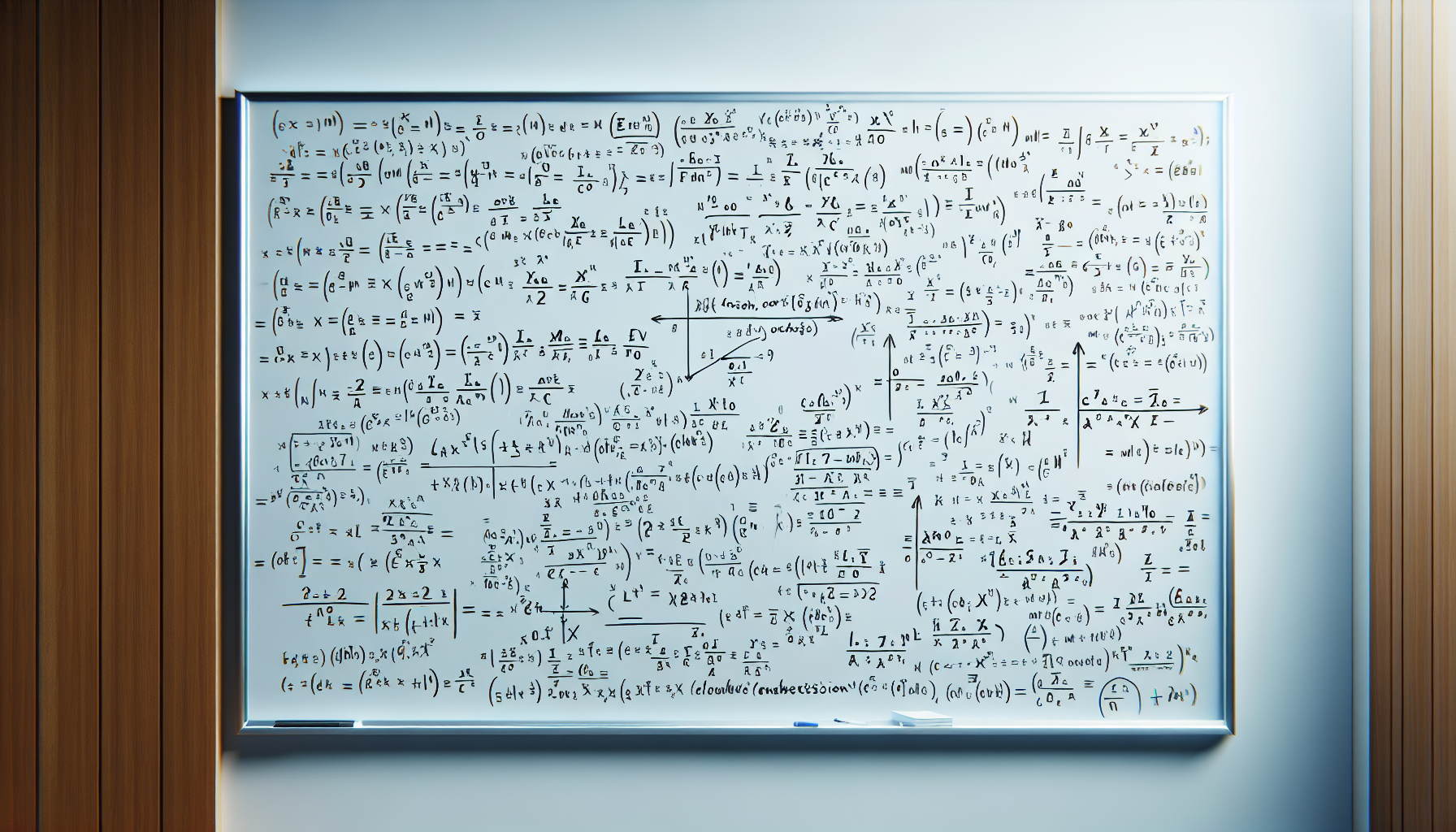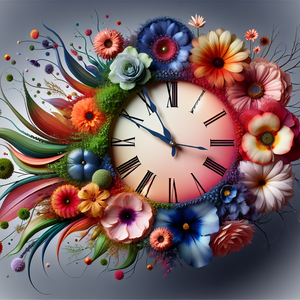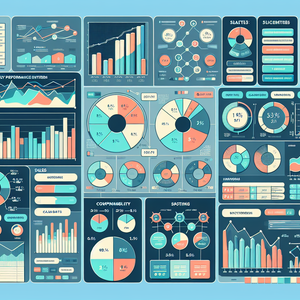Unconventional Collaborations in Science: Bridging Disciplines for Innovative Solutions

The modern scientific landscape is characterized by a growing trend of interdisciplinary collaborations, where experts from various fields come together to address multifaceted challenges. This shift is evident in the blending of art and science, which has resulted in visually captivating representations of complex data. Such collaborations make scientific concepts more approachable for lay audiences, thus promoting broader understanding and engagement.
Case Studies of Successful Collaborations
Numerous successful case studies illustrate the power of interdisciplinary collaboration. The Art + Science program at the Massachusetts Institute of Technology (MIT) exemplifies this trend, bringing together scientists and artists to create interactive installations demonstrating scientific principles. Similarly, the Science and Food project at the University of California, Los Angeles (UCLA) pairs chefs with food scientists to explore the chemistry behind culinary techniques. Perhaps one of the most compelling examples is the Ocean Sound project, which unites marine biologists and musicians to raise awareness about ocean conservation.
Enhancing Public Engagement
One of the most significant outcomes of unconventional collaborations is their ability to enhance public engagement with science. By presenting scientific concepts in creative and relatable formats, these partnerships demystify complex topics, fostering curiosity and understanding among non-expert audiences.
Fostering Innovation and Creativity
Collaborating with professionals from other fields nurtures an environment rich in creativity and innovation. The Gastronomy Lab project in New York, where scientists and chefs work together, exemplifies this idea. Moreover, unconventional collaborations can lead to unexpected discoveries.
Unconventional collaborations in science are reshaping the way researchers approach problems, engage with the public, and inspire innovation. By stepping beyond traditional boundaries and partnering with artists, musicians, and chefs, scientists are not only enhancing their own work but also cultivating a greater appreciation for science within society.
Interdisciplinary Science Communicator
Science museums, universities, science communication organizations like the Exploratorium
Core Responsibilities
Develop and implement creative communication strategies to convey complex scientific concepts to non-expert audiences.
Collaborate with scientists and artists to produce engaging multimedia content, such as interactive exhibits and educational videos.
Required Skills
Strong background in science and excellent verbal/written communication skills.
Experience in design software and multimedia production.
Data Visualization Designer
Tech companies, research institutions, government agencies focusing on data analysis
Core Responsibilities
Create visually compelling data visualizations that translate complex datasets into understandable graphics.
Collaborate with scientists and researchers to identify key data points and narrative elements for effective storytelling.
Required Skills
Proficiency in design tools like Adobe Illustrator and data visualization software like Tableau or D3.js.
Strong analytical skills to interpret scientific data and present it clearly.
Culinary Scientist
Food manufacturers, culinary schools, research institutions like the Institute of Food Technologists
Core Responsibilities
Conduct experiments to explore the science behind culinary techniques and food preservation.
Work with chefs to develop innovative recipes and enhance food quality through scientific principles.
Required Skills
Background in food science, chemistry, or a related field, along with culinary experience.
Knowledge of food safety regulations and sensory analysis techniques.
Environmental Artist
Art galleries, environmental organizations, public art projects
Core Responsibilities
Create art installations that raise awareness about environmental issues and promote sustainability.
Collaborate with scientists to integrate ecological data into artistic projects that engage the public.
Required Skills
Proficient in various artistic mediums and techniques, with a strong understanding of environmental science.
Ability to communicate complex environmental concepts through visual art.
Music Data Analyst
Music production companies, streaming services, marketing firms specializing in the arts
Core Responsibilities
Analyze data from music trends to inform creative decisions and enhance audience engagement.
Collaborate with musicians and data scientists to translate data insights into musical compositions or performances.
Required Skills
Familiarity with data analysis tools and music production software.
Strong understanding of music theory and trends in the music industry.


